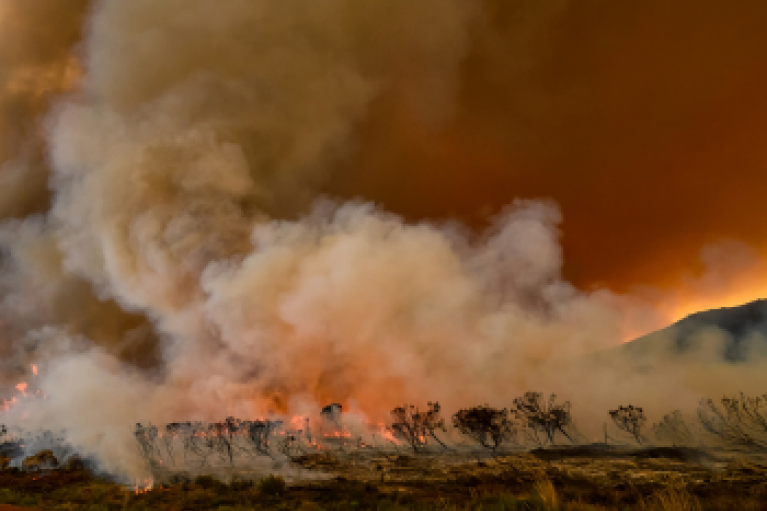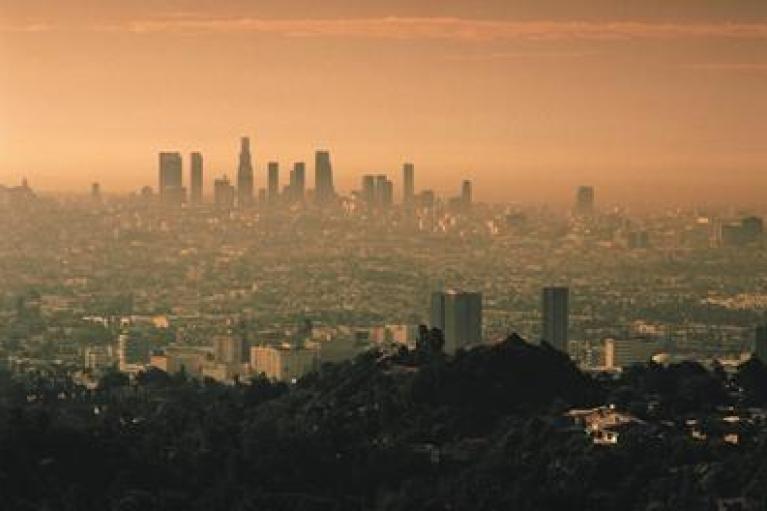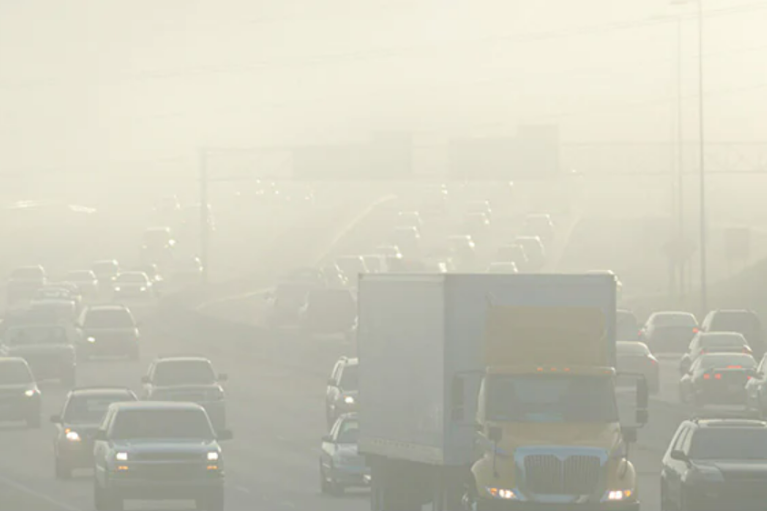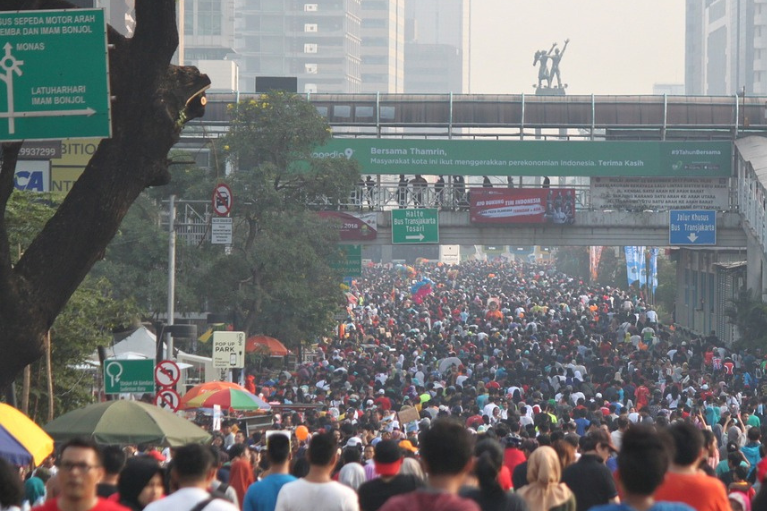What's Polluting Our Air?
Globally, most major sources of air pollution:
- Are caused by human activity.
- Involve burning fossil fuels or biomass.
Vehicles
Power plants
Industrial activities
Cooking and heating
Wildfires
Agriculture
Dust
Common sources of air pollution.
Major sources of air pollution vary substantially by country, with notable contributions from energy generation, industry, transportation, windblown dust, and agriculture sectors in certain locations. Most of the pollution in outdoor air comes from anthropogenic fuel combustion, suggesting that integrating air quality, energy, and climate policies can bring substantial health benefits.








